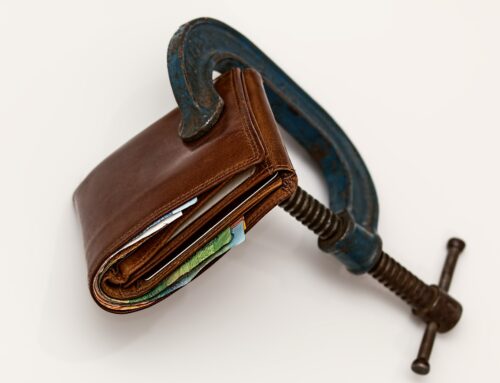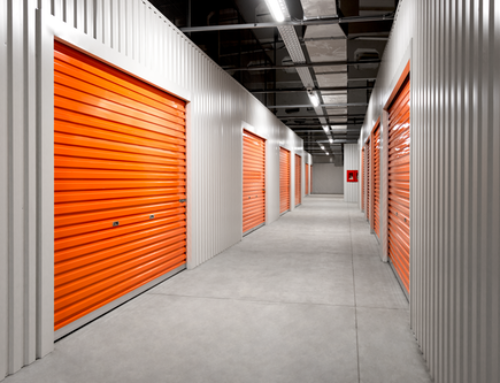Having a direct ownership in commercial real estate has been a time-tested hedge against inflation. But how is having direct ownership in investment real estate an inflation hedge? And what factors affect how well these investments perform in inflationary times?
Inflation is at 8.6% as of May 2022, the fastest pace in 41 years. This isn’t news. It’s all over the media outlets, and everyone is experiencing it. The cost of everything from food to gas to Netflix subscriptions is going up. And, yes, rents are going up.
Inflation has resulted from the Federal Reserve injecting money into the economy during 2020 and 2021 (increased money supply) coupled with demand far greater than supply for many goods and services. How many times have you heard “Supply chain issues”? Inflation essentially increases the cost of living because the purchasing power of the dollar is reduced over time. Inflation affects all aspects of the economy such as consumer spending, investments, and employment.
So how is commercial real estate a hedge against inflation???
Point No. 1 – Asset Price Inflation with Debt Financing. With costs of production on the rise due to inflation, new projects become very expensive. In addition, costs are higher for developers to borrow money, due to an increase in interest rates. Because of these two factors, developers are much less incentivized to build new properties, ultimately limiting supply and setting a premium on higher quality, existing assets. This causes a rise in both rental rates and property value. Apartment leases are structured to include annual rent increases (and self storage leases are month to month!), which helps protect property owners from the increase in expenses due to inflation.
Think of an apartment community that is purchased for $10 million and using 70% debt financing. So there is a $7 million loan, with the $3 million balance being equity in the property. Let’s assume inflation rises by 10% so the apartment asset is now worth $11 million. If you neglect any paydown of the loan principal during the hold period which is a conservative assumption, the equity is now $4 million (i.e., $11 million – $7 million). This is a 33% increase in equity due to 10% inflation.
Point No. 2 – Debt Depreciates. When a bank loan is used to buy property, the loan is established in “current dollars”. The future loan payments are made in dollars valued at the time those loan payments are made. With inflation, the purchasing power of the dollar is reduced. Despite that fact, the borrower is able to pay off the loan with these weaker dollars. As shown in the previous example, the $3 million loan does not escalate because of inflation, yet the price of the asset will often track (or exceed) the rate of inflation….more importantly, the cash flow from the asset will likely exceed the rate of inflation. This brings me to the 3rd point.
Point No. 3 – Cash flows will exceed the rate of inflation. Let’s take the above example and focus on rental income, operating expenses and the mortgage payment. If we assume the rental income is $1,000 per unit per month, and the operating expenses are $400 per unit per month. Let’s also assume the mortgage is $450 per unit per month. The passive cash flow that remains after paying the operating expenses and the mortgage is $150 per unit per month. Now let’s assume the rent and expenses experience 10% inflation and the mortgage is fixed like we discussed in Points 1 and 2. The passive cash flow is now $210 per unit per month. This is a 40% increase in passive cash flow, despite the 10% inflation! The cash flow increases so much because the biggest expense (principal and interest) remains fixed.
The next blog post will include discussion about rising interest rates and how successful owners are mitigating the interest rate risk.







